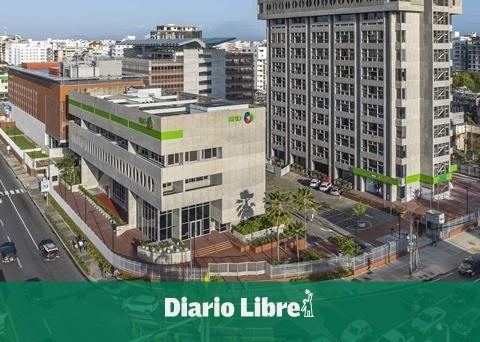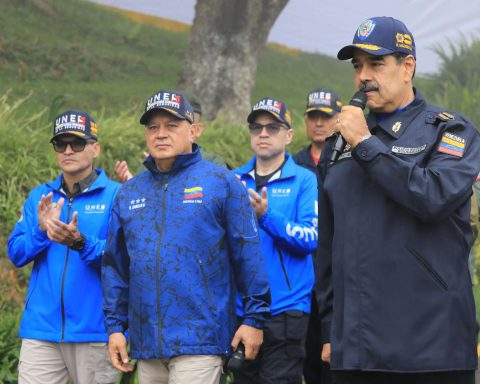With a vision for the future that points to regional integration, the construction of the Bioceánica bridge continues its course without stopping. Once completed, the work will guarantee not only land and river transit, thus boosting trade through the Paraguay-Paraná waterway.
According to the MOPC, its geometric design will allow the navigability of the Paraguay river in its journey through the department of Alto Paraguay (PY) and the state of Mato Grosso do Sul (BR), a strategic axis for the development of regional integration.
Maintaining the navigability of the river has been a fundamental factor when defining the typology of the new road connection, as well as to establish its final path in elevation. This design allows the existence of a navigation channel centered on the Paraguay River, 195 meters wide and 29 meters high, even for conditions of maximum river flooding; which, from a statistical point of view, would occur once every 100 years.
On this subject, Eng. José Luis Pando, from the firm PROINTECin charge of designing and supervising the works, stressed that the bridge is an infrastructure designed for the future and for the development of the region, both from the point of view of land integration and the road connection of the Bioceanic route, as well as of fluvial transport on the Paraguay River, ensuring the passage of convoys of up to 16 jumbo barges.
The geometric design of the elevation of the Bioceánica bridge, a project financed by Itaipu, Right Bank, allows the navigability of the Paraguay River as it crosses the department of Alto Paraguay (PY) and the state of Mato Grosso do Sul, essential for the International Trade.
He design allows the existence of a navigation channel centered on the Paraguay River, 195 meters wide and 29 meters high, inclusive for conditions of maximum flooding of the river; which, from a statistical point of view, would occur once every 100 years.
Among other points, it states that the aforementioned channel is part of the Paraguay-Paraná Waterway project promoted since 1967 and materialized with the creation of the Intergovernmental Waterway Committee, in 1989, and its inclusion within the framework of the La Plata Basin Treaty.
The company PROINTEC was in charge of the Technical Feasibility Study and Final Engineering Design in order to determine the requirements that were applicable to the design of the bridge in terms of waterway navigability and is currently in charge of supervising the work.
For the bridge design project, an exhaustive collection of information was carried out, including the norms, laws and regulations of Paraguay and Brazil that would be applicable, since as it is a binational work, it must not only comply with local requirements, but also with those from the neighboring country, in order to establish which were the most restrictive and which would determine the final conditions for the design.
This third physical union with Brazil is part of the future logistics corridor that will unite the Atlantic and Pacific oceans, and will allow regional integration and economic growth.
The PYBRA Consortium (Tecnoedil SA, Paulitec and Construtora Cidade) is in charge of making the new international connection a reality, which is managed by the Project Execution Unit (UEP-DCyP) of the Ministry of Public Works and Communications (MOPC), with financing from Itaipu Binacional.
It may interest you: State evades transparency of expenses involving the Núñez-Defelippe clan
















